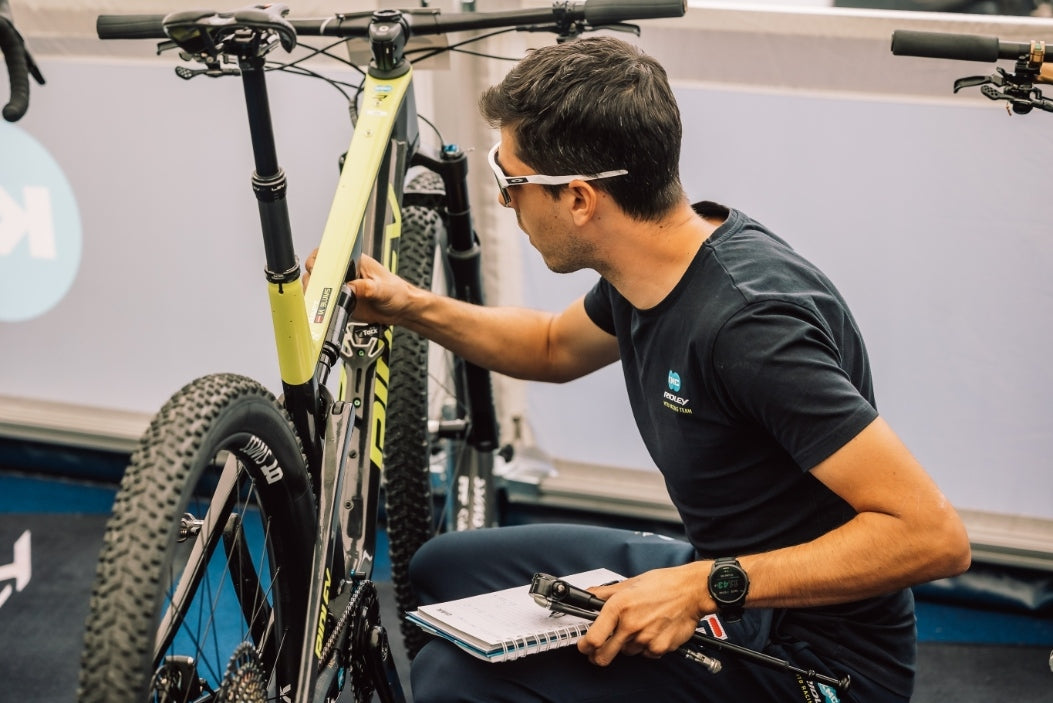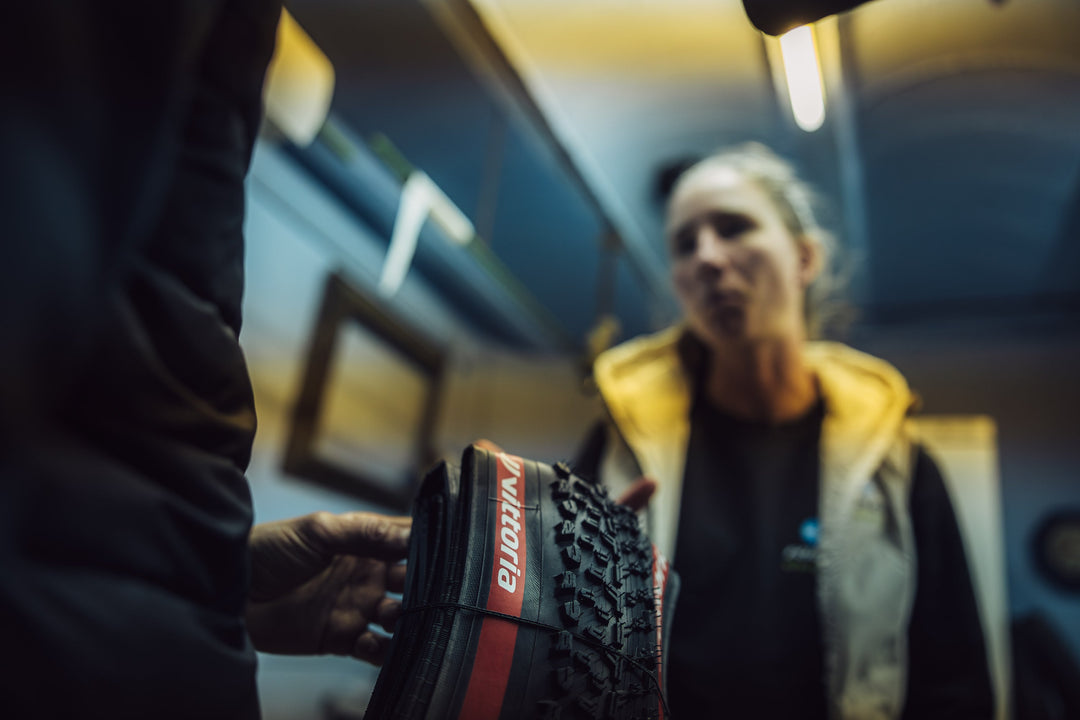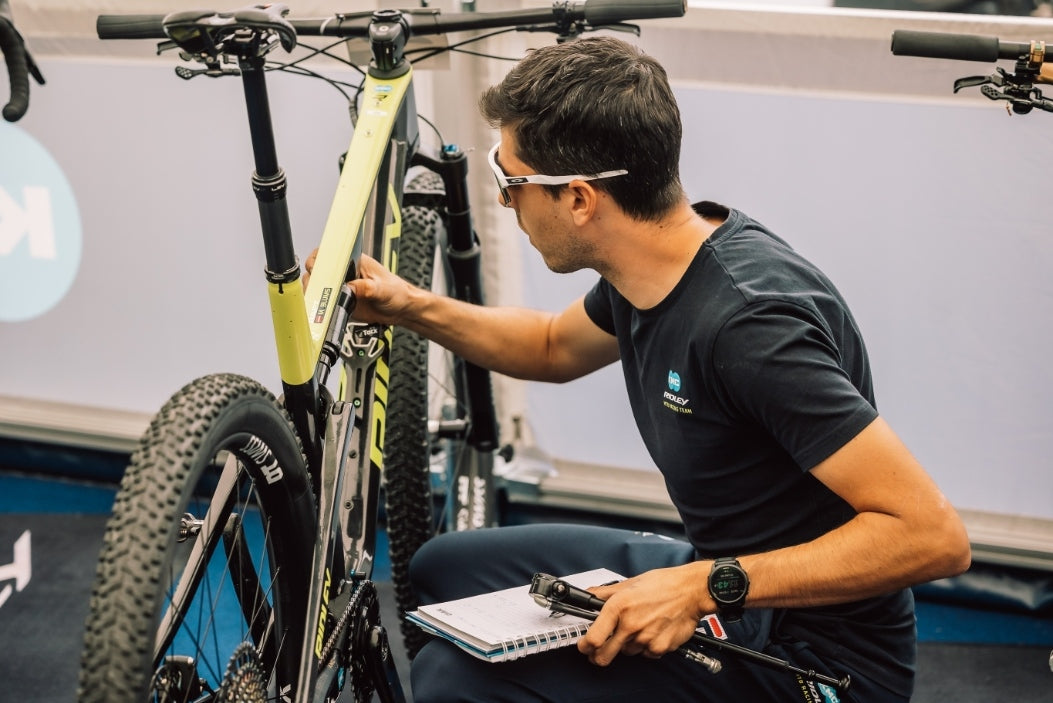World Cup Mechanic Secrets: 5 Things to Check BEFORE Every Ride (and Save Yourself a Fortune!)

World Cup Mechanic Secrets: 5 Things to Check BEFORE Every Ride (and Save Yourself a Fortune!)
Ever wondered how the pros keep their bikes running flawlessly race after race? Well, while they have a whole pit crew, a lot of it comes down to consistent, basic maintenance. As a World Cup mechanic, I see firsthand what makes the difference between a smooth ride and a mechanical disaster. And guess what? You can apply a lot of these same principles to your own rides without needing a fancy toolbox!
Here are five crucial things you should check before you even clip in for your 3-5 rides a week:
1. The Unsung Hero: Tire Pressure is King!

Seriously, don't underestimate your tires! They're your only contact with the ground, handling everything from speed to safety.
- The Problem: Too low? You risk pinch flats, rim damage, sluggish performance, and even crashes. Too high? A harsh, uncomfortable ride with reduced grip, making bike handling tricky. You might even start blaming your suspension when it's just overinflated tires!
- The Pro Tip: Get yourself a decent pressure gauge and know the ideal range for your tires and riding conditions. It takes seconds, but it can save you a world of trouble (and money on tubes and potential repairs!).
2. Silence is Golden (and Efficient): Keep Your Drivetrain Clean and Lubed!

That annoying squeak isn't just irritating; it's a sign of friction and wear!
- The Problem: A dirty, unlubricated chain grinds away at your components, leading to premature wear on your chain, cassette, and chainrings. Shifting will be clunky, and your ride will feel less efficient.
- The Pro Tip: A quick wipe-down with a rag and a few drops of quality chain lube before your ride makes a HUGE difference. A clean drivetrain runs smoother, lasts longer, and saves you from costly replacements down the line.
3. Smooth Operators: Wipe Down Your Suspension!

Think of your suspension stanchions and dropper post like finely tuned instruments – they need to be clean to work their best.
- The Problem: Dirt and grime on your suspension stanchions and dropper post seals act like sandpaper, causing wear and tear. This leads to decreased sensitivity, poor performance over small bumps, and eventually, expensive repairs or replacements.
- The Pro Tip: Before each ride, give those stanchions and your dropper a quick wipe with a clean cloth. It's a simple habit that significantly improves their smoothness, responsiveness, and lifespan.
4. The Truth About Washing: Less is Often More!
While a sparkling clean bike looks great, over-washing with harsh soaps can actually do more harm than good.
- The Problem: Frequent washing, especially with strong detergents, can strip away grease from moving parts and bearings, leading to corrosion and premature wear. It can also damage paint and decals.
- The Pro Tip: Unless your bike is caked in mud, spot-cleaning the dirtiest areas is often sufficient after a ride. If you do wash your bike, avoid direct high-pressure spray on bearings and pivot points, and always dry it thoroughly afterward, ideally with compressed air if you have access to it.
5. The Monthly Check-Up: Bolts and Bearings Matter!

A little vigilance goes a long way in preventing bigger issues.
- The Problem: Vibrations from rough terrain can cause bolts to loosen over time, leading to annoying creaks, poor performance, and even safety hazards. Contaminated or worn bearings cause friction, noise, and eventually failure.
- The Pro Tip: Once a month (or more frequently if you ride a lot of rough stuff), quickly check the tension of key bolts (stem, handlebars, seatpost, brake levers, etc.).
Let's talk bearings:
Your wheel bearings are crucial for smooth and fast rolling. For many brands, you can often remove the wheel end caps by hand – no special tools needed! It's a good idea to pop these off and wipe away any water and grime that might have collected inside.
And what about your cranks?
Most modern cranks are also surprisingly easy to remove for a quick clean. Usually, all you'll need is a standard Allen key (often a 5, 8, or 10mm, depending on the brand). Removing the cranks allows you to wipe away any dirt and water that's accumulated around the bearing covers.
Important Note: While it's good to clean around the bearing covers, avoid trying to remove the actual bearing seals or covers without the specific tools designed for that purpose. Damaging these seals is a surefire way to let dirt and water into the bearing, significantly shortening its lifespan.
After washing your bike, we always recommend using compressed air to blow away excess water and help dry out components like derailleurs and especially around bearing areas. While pressure washers can be useful for cleaning, be extremely cautious around all bearing points to avoid forcing water and debris inside.
For most riders putting in 3-5 rides a week, a thorough, proper bike rebuild once a season or once a year is generally sufficient. This allows for a deeper inspection, cleaning, and lubrication of all components. Keep in mind, this is different from how we maintain World Cup race bikes! Those machines are often rebuilt daily to ensure absolute peak performance for every single race. Our focus here is on practical tips to keep your bike running smoothly and saving you money and trips to the bike shop.






Leave a comment